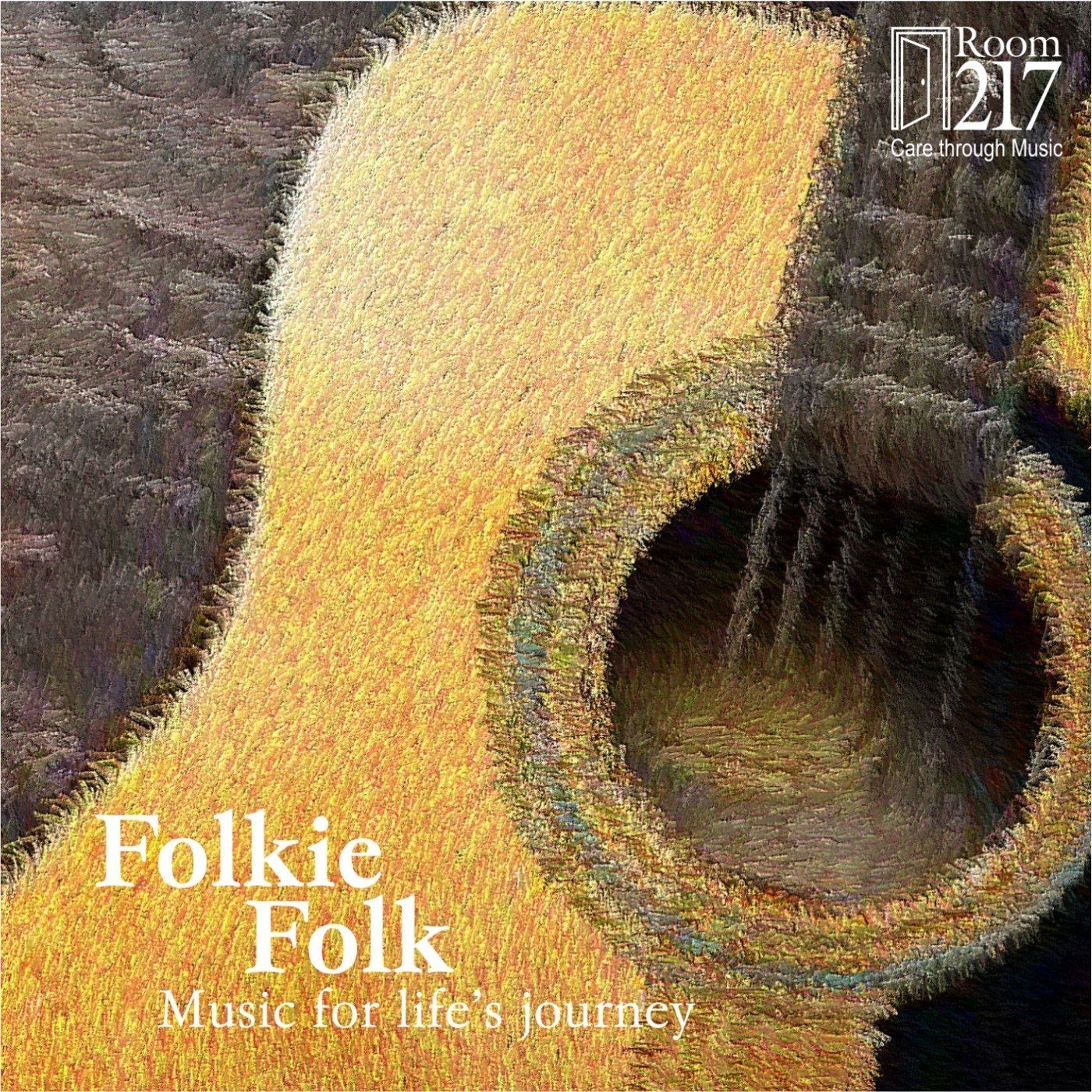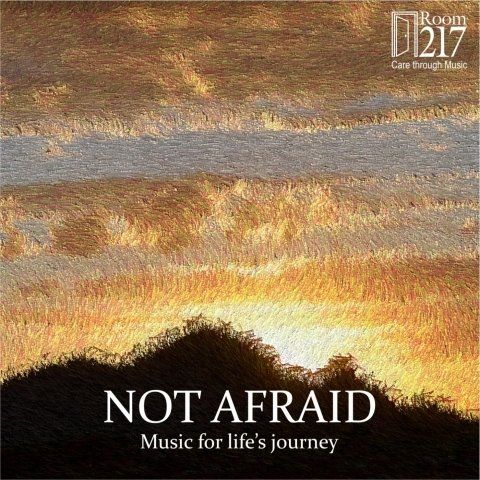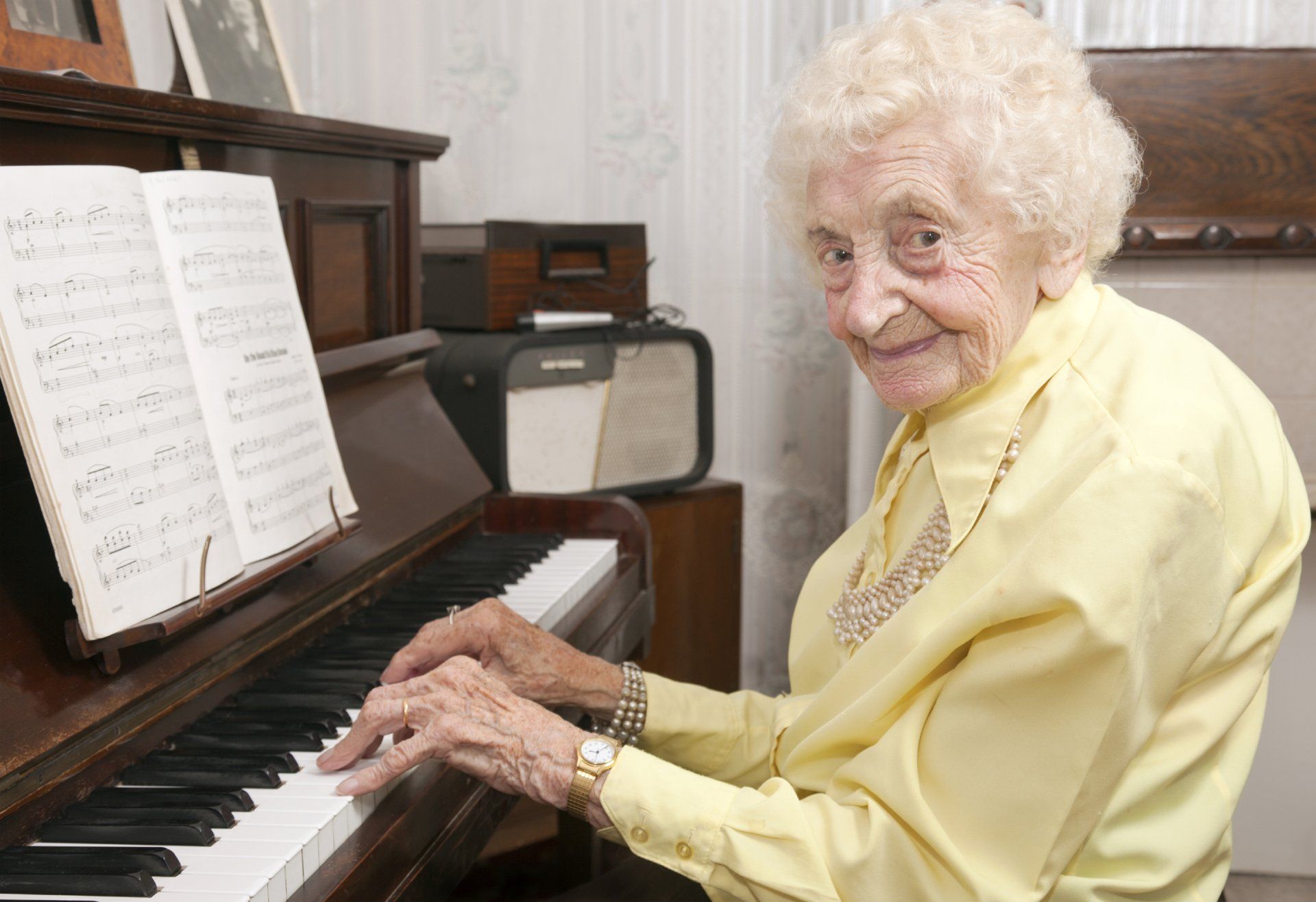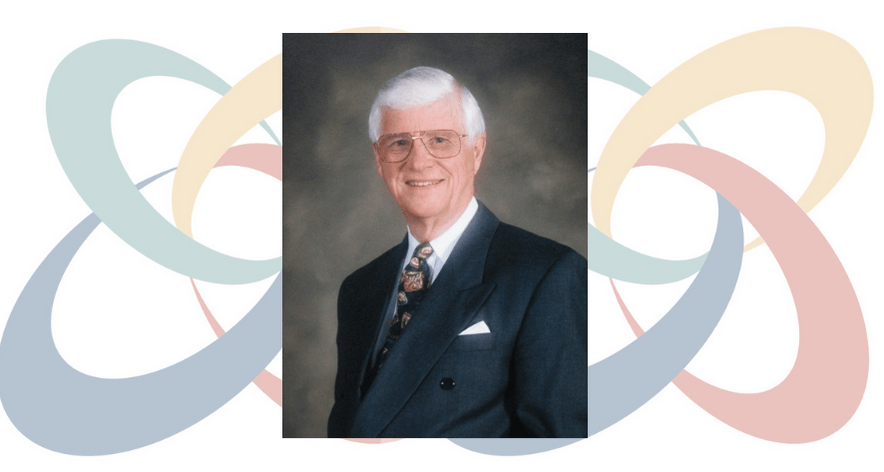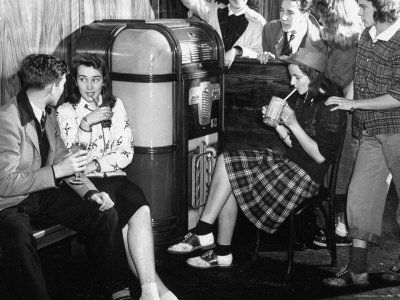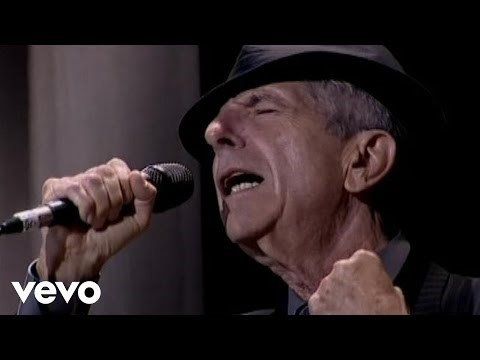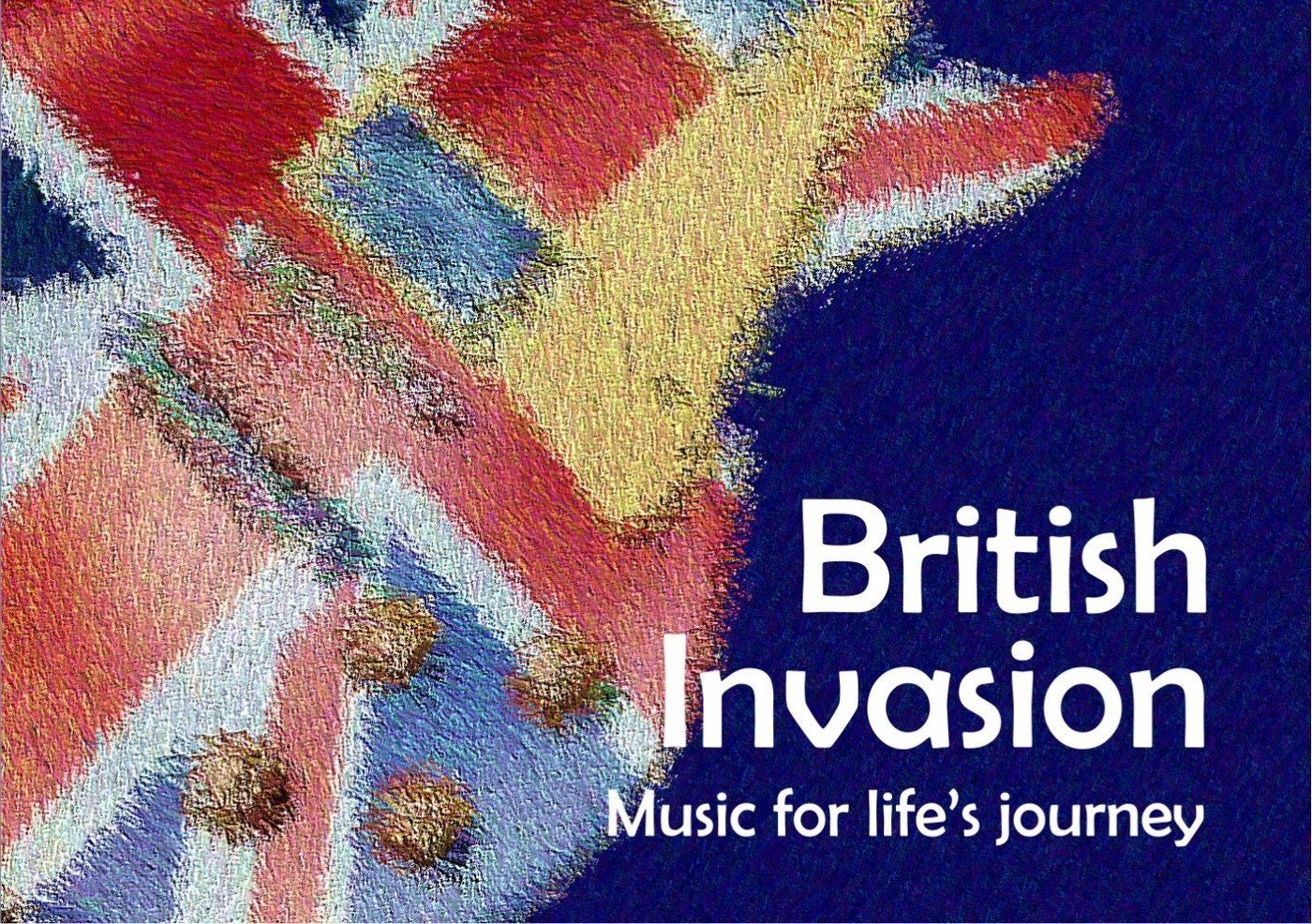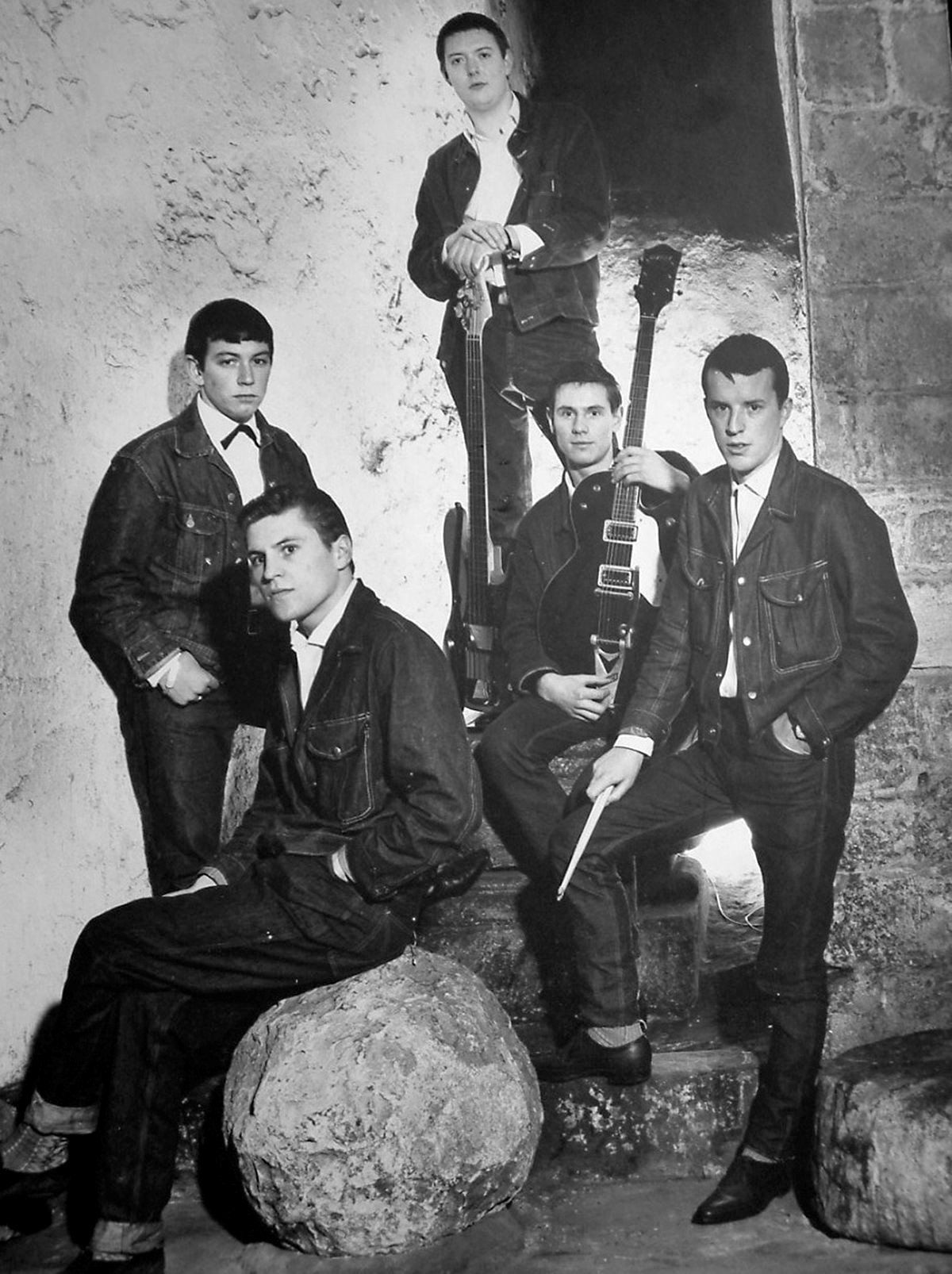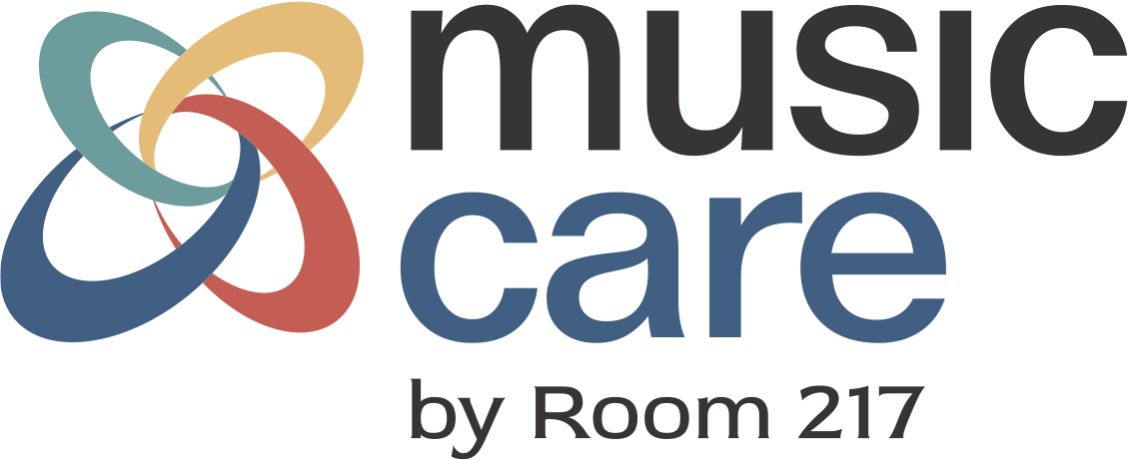2 of 10 Reasons why singing is good for your health
Singing is a Full Body Experience
![]() When Maria in the Sound of Music so famously sings “the hills are alive,” she doesn’t sing it sitting down. She is skipping over brooks, leaping across meadows, twirling around trees. The iconic image of that movie is of Maria, out in the foothills of Salzburg, throwing her arms into the air in ecstasy, in a pose somewhat reminiscent of a whirling dervish.
When Maria in the Sound of Music so famously sings “the hills are alive,” she doesn’t sing it sitting down. She is skipping over brooks, leaping across meadows, twirling around trees. The iconic image of that movie is of Maria, out in the foothills of Salzburg, throwing her arms into the air in ecstasy, in a pose somewhat reminiscent of a whirling dervish.
The impulse to sing comes from inside, but it manifests itself in physical ways. Choir members will sit up tall in their seats at the start of a rehearsal. A pop singer will use their arms to gesture along to their melodies. If we are driving and and humming along to a song on the radio, it is likely that we’re also tapping our fingers on the wheel.
A person at the end of life might be experience dissociation from, and sometimes anger towards, their bodies. Singing along to some music with a loved one or to a recording, even singing ever so faintly, they may begin to feel connection to their bodies again. Their breathing will regulate, increasing oxygen supply. Their eyes might light up, they may turn their heads towards the music. They may start tapping their fingers or toes. They may even feel tears on their eyelids.
Alive Inside is a documentary about the work of Dan Cohen, a social worker from New York who has developed a protocol using iPods to deliver familiar music on personalized playlists in dementia care. An 8-minute video clip of this documentary has become a social media phenomenon around the world. This clip centers on Henry, an older adult with dementia who has lived for 10 years in a nursing home, who was described by staff as isolated and vegetative. The moment he listens to his favourite music on an iPod, he lights up, moves and sings along to the music. The compelling sight of Henry suddenly inhabiting his body through singing has sent this video clip to go viral.
Singing is a full-body experience. Maria ran out into the hills because she needed space to sing, beyond the cloisters of the abbey. The effects of this fact can be medical (increased oxygen, increased motor function), but it is also spiritual. Whether we are in the Salzburg hills, a Long Term Care wheelchair, or a hospice bed, if we are connected to our bodies, we are connected to life.
Sarah Pearson is a music therapist working in oncology and palliative care in Kitchener, ON . She is the Program Development Coordinator for the Room 217 Foundation and Lead Facilitator of the Music Care Certificate Program.


